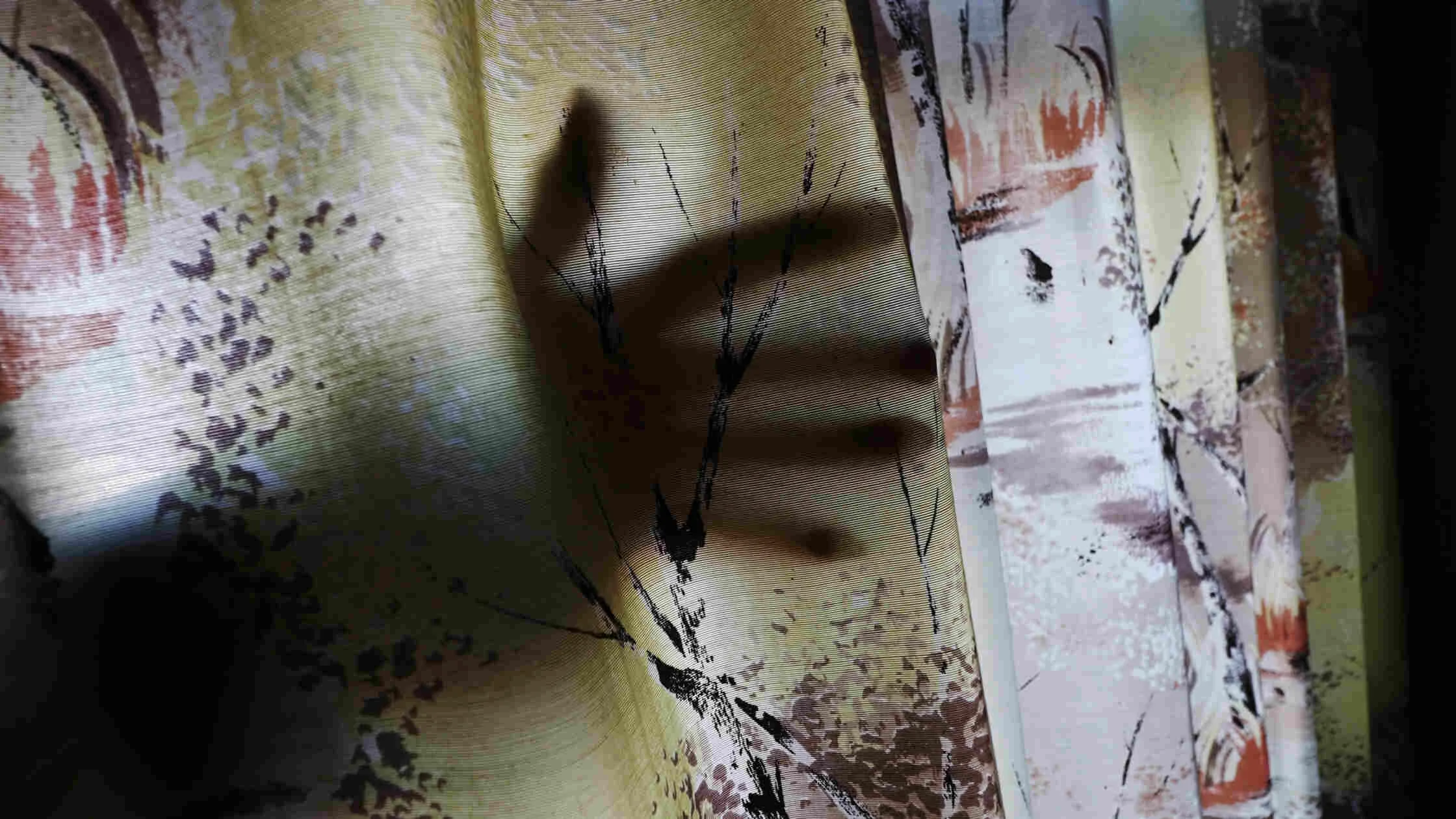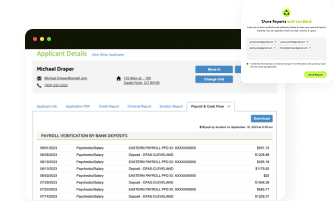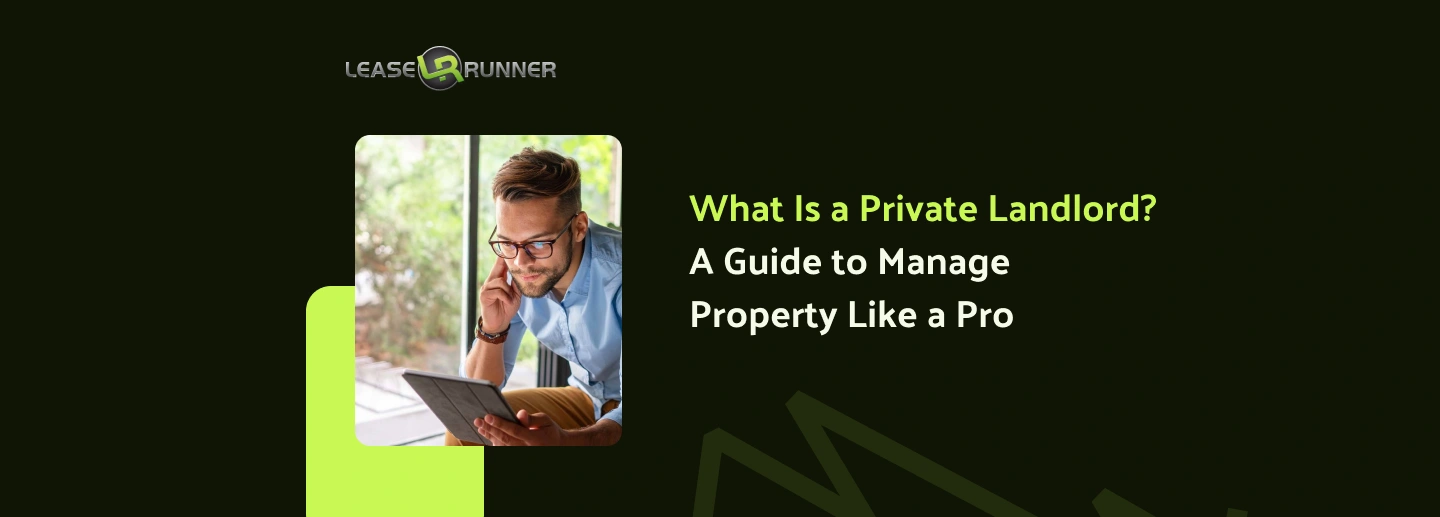What is phrogging? It’s a question many landlords and tenants are starting to ask. And the next question is usually: is it real? The answer is yes. Phrogging isn’t just something out of a Netflix series or a scary movie—it happens in real life.
That’s why understanding how phrogging works matters. The more you know about it, the better prepared you’ll be to protect your rental, your tenants, and your peace of mind.

What Is Phrogging?
Phrogging is the act of secretly living in a rental property without the landlord’s knowledge or the tenants’ consent. It is a form of unauthorized occupancy where the hidden intruder often conceals themselves in unused areas such as attics, basements, or crawl spaces. The term comes from the idea of “hopping” from one home to another, much like a frog.
So, why do people phrog? Most often, it’s about opportunity and access. People slip into a property when it’s vacant, such as during tenant turnover or after a lease termination, or sneak in while residents are away for an extended time. In some shocking cases, phroggers manage to remain hidden for weeks or even months before being discovered.
Phrogging has been reported in real-life cases, and for property owners, it's a unique but serious threat to safety, liability, and property conditions.

Phrogging vs. Squatting: What’s the Difference?
If you ever come across someone living in a property without being the rightful tenant or occupant, it usually falls into one of two situations: squatting or phrogging. While both involve unauthorized use of a home, they differ a lot in intent, duration, visibility, and legal consequences.
Intentions Behind It: Phrogging is all about staying hidden. A phrogger’s goal is to secretly live in an occupied home without the landlord or tenants realizing they’re there. Their goal is to fly under the radar, not to take over the space openly. Squatters, on the other hand, usually move into an empty or abandoned property and try to make it their own.
Duration of Stay: Most phroggers move on quickly once they fear being discovered. Squatters tend to stay longer, sometimes for months or even years, especially if they believe they can claim tenant rights.
How It Plays Out (visibility): Phroggers do everything they can to avoid being seen, often hiding in attics, basements, or other unused areas of a home. Squatters don’t really try to hide—they may change the locks, bring in furniture, and openly live in the property.
Legal Outlook: Phrogging is typically treated as trespassing or unlawful entry and can come with criminal charges. Squatting, meanwhile, falls into a legal gray zone: in some states squatters may eventually claim rights through adverse possession laws, but landlords can still pursue eviction in court.
To put this into perspective, here are a couple of real-life examples:
- If your food keeps moving around without explanation, it’s not a ghost — it might be someone secretly living in the apartment and helping themselves to your fridge. That’s phrogging.
- On the other hand, a person moving into an abandoned house, changing the locks, and even trying to pay property taxes to look legitimate — that’s squatting.
How Common Is Phrogging?

Phrogging is rare, but it's not unheard of, and it may be happening more often than reported. Because the nature of phrogging involves remaining hidden, many phrogging cases go unnoticed or unreported entirely. Some phroggers are only discovered by accident: a tenant hears strange noises, finds misplaced items, or stumbles upon signs of someone living in storage areas.
Crime Investigation UK notes that "while undeniably rare, phrogging is very much a thing, with numerous confirmed cases of people nesting in attics, cellars, garages, and other nooks and crannies."
It’s most commonly reported in urban and suburban regions, where there’s a higher turnover of tenants, more vacant properties, and a larger number of rental units. Cities with transient populations or a high density of vacation homes, such as New York, Los Angeles, and Miami, tend to experience more frequent reports of phrogging incidents.
Although there are no official national statistics on phrogging due to its secretive nature, anecdotal evidence and local reports suggest that the phenomenon is growing. Property managers and landlords should still be aware of the potential, especially during tenant turnover, renovations, or extended vacancies. A well-maintained property with frequent inspections is far less likely to become a target. And if you’re screening new tenants, make sure you know what questions you can’t legally ask to stay compliant while still protecting your property.
How to Spot a Phrogger?
Catching a phrogger isn't easy since their entire goal is to remain invisible. However, there are red flags landlords, property managers, and tenants can watch for:
1. Listen for Unexplained
- Footsteps and creaking: Hearing footsteps in the attic, or creaking and shuffling noises in walls or crawl spaces, can be an early warning.
- Human-like noises: With a phrogger, the noises can feel oddly human — a cough, or even the shuffle of someone moving around that makes you think, “That’s not a raccoon.”
2. Watch for Strange Occurrences
- Missing food or supplies: Disappearing groceries, half-used toilet paper, or laundry that's been moved could mean someone else is using them.
- Strange smells: The scent of unfamiliar food, body odor, or smoke can point to an unknown person living in the space.
- Changed Settings: Be wary of lights being turned on or off unexpectedly.
- Tampered locks or windows: Signs of forced entry, damaged locks, or open windows where none should be can be an early warning.
3. Pay attention to physical evidence
- Disarray in storage areas: Attics, basements, garages, or crawlspaces that appear disturbed or have bedding, food wrappers, or clothing could indicate someone's been staying there.
- Tenant complaints: Residents who report unusual activity, discomfort, or even the feeling of being watched may be noticing something real.
Phrogging Cases: Real-Life Examples of Hidden Occupants
Multiple unsettling phrogging cases prove it's all too real.
Case 1: The LaPlante – Massachusetts, 1986
One of the earliest and most disturbing phrogging cases involved 17-year-old Daniel LaPlante. After breaking into the Bowen family’s home in Pepperell, Massachusetts, LaPlante didn’t steal or leave, he hid inside the walls. Over time, he began leaving disturbing messages written on mirrors and making noises that terrified the residents. When police eventually found him, he had built a small living space behind a cupboard and had been spying on the family for weeks.
This case is widely cited in criminal psychology because it highlights how phrogging can be deeply psychological and dangerous.
Case 2: Honolulu Home Invasion – 2019
In Honolulu, a couple returned from vacation to a shocking discovery: their apartment had been trashed and a stranger had been living there. The intruder, who had no connection to the couple, ate their food, used their shower, and left behind an apartment filled with biohazard-level mess. Surveillance footage later confirmed the man had been living in the home for days, entering through a sliding glass door.
This case highlighted a common vulnerability: accessible entry points and no security systems in place.
Is Phrogging Considered a Crime?
Yes, phrogging is illegal in every U.S. state and can even lead to felony charges, depending on the circumstances. Whether it’s called squatting, phrogging, or something else, occupying another person’s property without permission can result in a range of criminal charges.
At minimum, a phrogger can be charged with:
- Trespassing – Unauthorized entry into private property.
- Burglary – If the person entered the home with the intent to commit a crime (e.g., theft).
- Breaking and entering – Even without theft, forced or covert entry is a crime.
- Invasion of privacy – Especially relevant if the phrogger was watching or recording residents.
If the person is armed, causes harm, or damages property, the charges may escalate to aggravated burglary or criminal mischief. Additionally, landlords who knowingly ignore reports of strange activity may be liable for endangering their tenants or failing to secure the premises.
Consequences of Phroggers
As already mentioned, phrogging is a serious threat to safety, liability, and property conditions. Here’s the breakdown:
- Legal and Liability Risks: Phrogging can expose landlords to lawsuits, denied insurance claims, or even legal trouble for not securing the property. If a hidden occupant gets injured, you could still be held responsible.
- Financial and Property Losses: Broken locks, damaged walls, stolen items, or higher utility bills are all common with hidden occupants. These expenses add up fast and cut into rental income. Sometimes it’s tricky to separate phrogger damage from normal wear and tear, but either way, the repairs fall on the landlord’s shoulders.
- Tenant Trust and Reputation: Trust goes a long way in rentals. If tenants find out someone’s been secretly living in their unit, they’ll likely feel unsafe — and that can mean broken leases earlier, bad reviews, and a harder time keeping your units filled.
How Landlords Can Prevent Phrogging: 6 Fundamental Tips

A few proactive steps can drastically lower the risk!
- Conduct thorough move-out inspections: Inspect every part of the unit after a tenant leaves (including attics, basements, and crawlspaces). Look for signs of recent activity or unauthorized access.
- Secure all entry points: Install deadbolts, reinforce sliding doors, and lock exterior storage areas. Pay special attention to windows and vents, phroggers often exploit these less-obvious access points.
- Use motion sensors and smart cameras: Modern security tools can alert landlords to movement in vacant properties. Install motion-sensor lights and cameras in common areas, porches, garages, and yards.
- Limit key access: Rekey locks between tenants. Avoid giving master keys to contractors or vendors unless absolutely necessary, and retrieve them immediately when their work is complete.
- Communicate with tenants: Encourage tenants to report anything unusual: missing food, strange sounds, unlocked doors, or personal items moved. Many phroggers are caught because tenants speak up.
- Perform periodic property checks: Even when rented, do occasional exterior walkarounds (with proper notice, if entering). Phroggers thrive on neglect and long gaps in landlord oversight.
What can LeaseRunner help?
We all know that phrogging can feel unsettling and even risky for landlords. That’s why using tools like LeaseRunner is such a smart first step, it’s all about prevention before problems even begin. With tenant screening services that check credit, criminal background, and eviction history, you get a clearer picture of who you’re renting to before you hand over the keys.
Catching these red flags early gives you more confidence in your tenant choice and lowers the risk of unknowingly renting to potential phroggers.
Final Thoughts
To effectively protect your property from phrogging, it’s important to understand what phrogging is and how to respond in that situation. Proactive property management is your best line of defense. This includes conducting regular inspections, ensuring robust security measures are in place, and building strong relationships with neighbors who can help monitor your property.
For more detailed guides, be sure to check out the LeaseRunner blog!
FAQs
Q1. What are phroggers?
Phroggers are individuals who secretly live in someone else's home without the owner's or tenant’s knowledge. Unlike squatters, phroggers actively avoid detection, sometimes living in occupied homes for days or even weeks while consuming resources or simply using the space as shelter.
Q2. How do phroggers usually get inside a property?
Most phroggers gain access through unlocked windows, basement doors, garage entries, or vacant units during tenant turnover. In multi-unit buildings, some even slip in through common areas or follow residents inside. They typically choose homes with low security and minimal foot traffic.
Q3. Can phroggers be dangerous?
Yes! Some have committed theft, vandalism, or more serious crimes. At minimum, their presence is a severe breach of privacy and safety, especially when they cohabitate undetected with rightful residents.
Q4. Are landlords responsible for preventing phrogging?
Legally, landlords must provide a safe and secure living environment. While they can’t prevent every incident, landlords are expected to secure entrances, respond to reports of unusual activity, and perform inspections between tenants.







